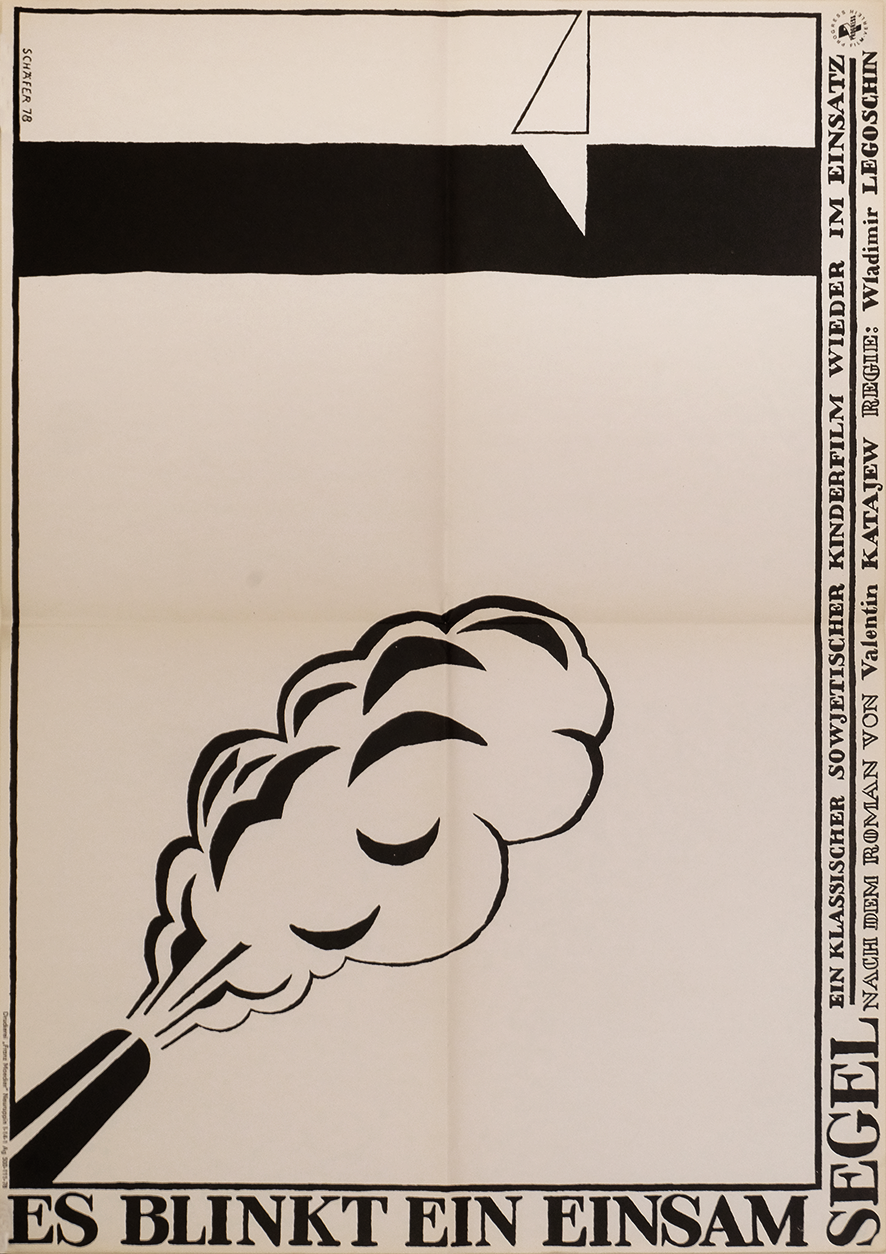East German film poster
The Lonely White Sail | East Germany | 1978
£250
- description
- Original vintage East German film poster
- country
- East Germany
- artist
- Schafer
- year
- 1978
- condition
- A | Near Mint - Was folded, now stored flat. Minor discolouration at folds
- dimensions
- 58 x 41 / 41" x 23"
- technique
- Offset lithography
- carbon footprint
- Approximately 67kg. Read more about our carbon-neutral business.




